In the intricate dance of Kings, Queens, Knights, Rooks, Bishops and Pawns, lies a fundamental concept that often separates the novice from the master: piece coordination and development. In this blog post, we’ll learn about the power of piece coordination in chess, uncovering the secrets to creating harmonious armies on the chessboard that can turn a chaotic battlefield into a symphony of strategic brilliance. This exploration of piece coordination and development will unveil the hidden gems of the game, enriching your understanding and transforming your approach to the chessboard.
This post contains affiliate links. Please read our disclosure.
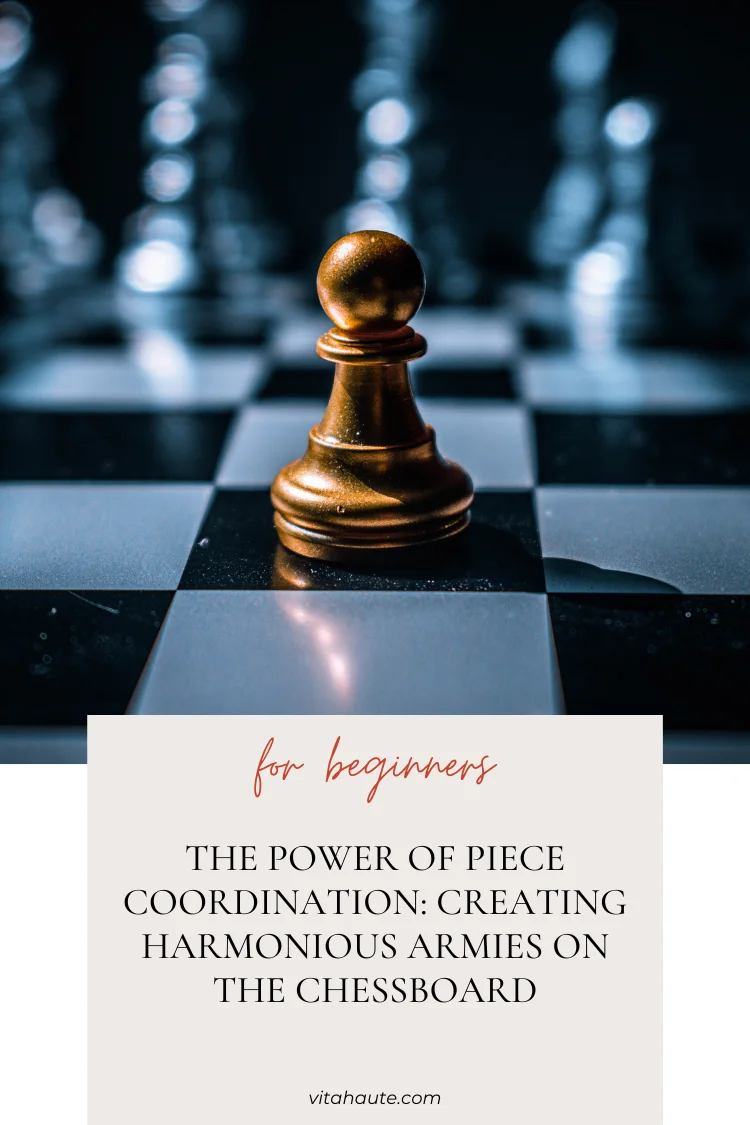
1. King’s Safety
Ensuring the safety of your King is paramount in chess. Coordinate your pieces to form a protective barrier around your King. For instance, in the example below, Black’s pieces are well coordinated to keep the King safe while maintaining an active position on the board.
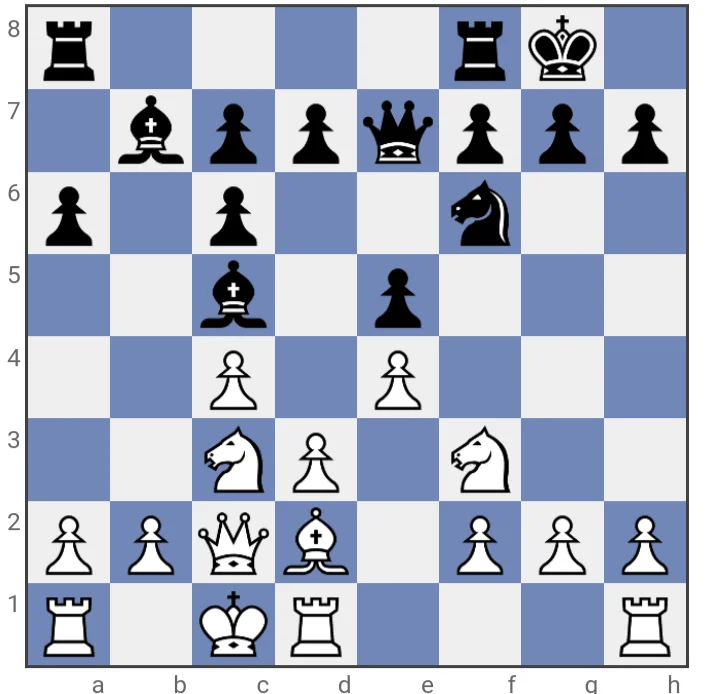
When considering King safety, it’s essential to prioritize Pawn structures and piece placement. Avoid moving Pawns in front of your castled King, as this can weaken your defenses. Instead, place your pieces harmoniously to control key squares around the King.
2. Queen and Bishop Combo
Combining the long-range power of the Queen with the diagonal control of a Bishop can be a potent strategy. In this position, the Queen and Bishop coordinate beautifully to control key squares and launch attacks.
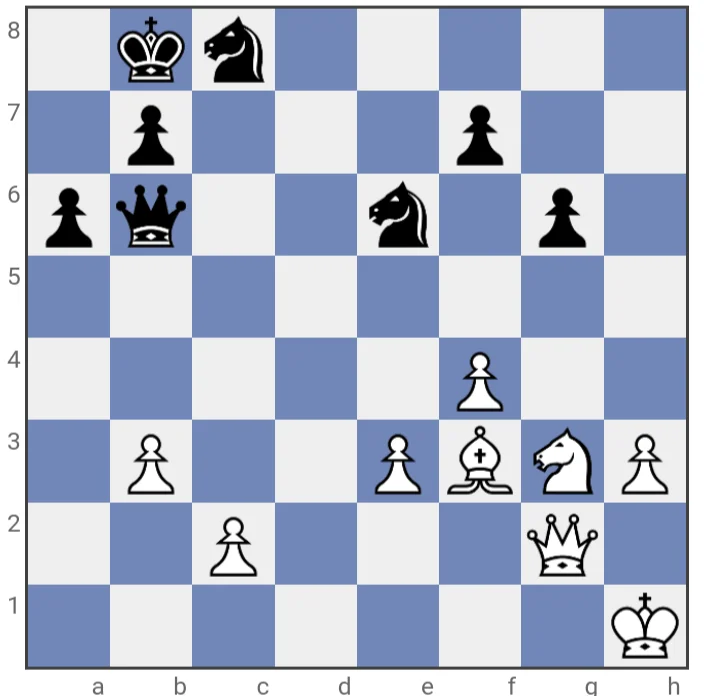
Utilizing the Queen and Bishop together often leads to dynamic opportunities. The Queen’s ability to control ranks, files, and diagonals complements the Bishop’s long-range influence along diagonals. Together, they can dominate the board.
3. Rook Lift
A well-executed Rook lift involves coordinating your Rooks to occupy open files or support an attack. The example screenshot shows White’s Rook coordinated with the Queen to control the d-file, putting pressure on Black’s position.
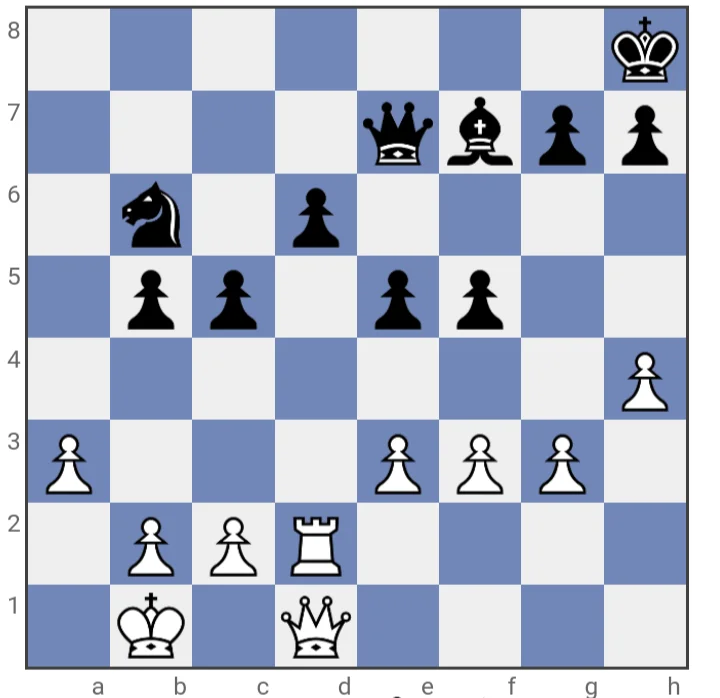
Rook lifts often involve moving a Pawn to allow the Rook to move along a rank or file. This can surprise your opponent and lead to effective piece coordination, as demonstrated in the screenshot. Coordinating Rooks can open up new avenues for attack and control on the board.
4. Knight Outposts
Knights excel when placed on strong outposts deep in enemy territory. Coordinate your Knights to secure these strategic squares, as shown in the screenshot where White’s Knights are well-placed on d5 and f5, controlling crucial central squares.
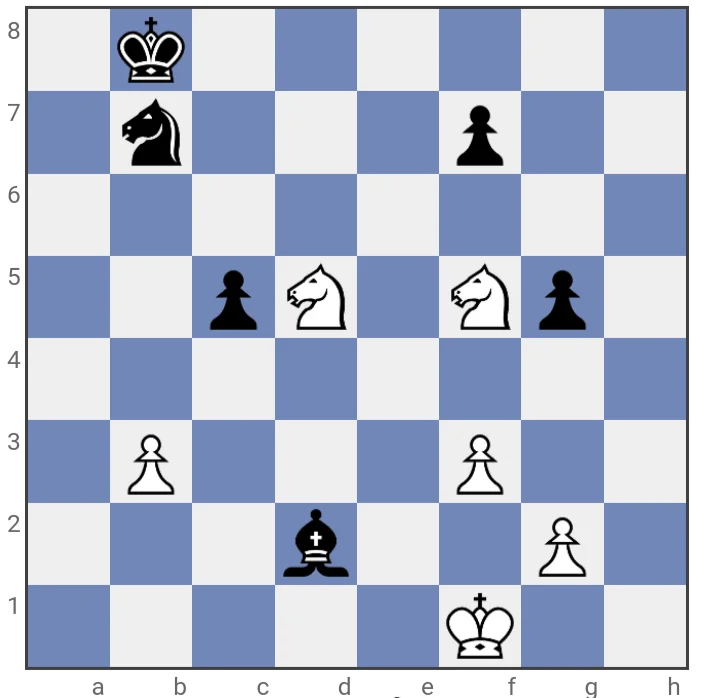
Outposts for Knights are typically squares where they cannot be easily challenged by opponent Pawns and have great influence over the board. Effective coordination of Knights on these outposts can restrict your opponent’s options and give you a powerful positional advantage.
5. Sacrifice
While sacrificing pieces may not seem directly related to piece coordination, it can indeed be a strategic element of coordinating your pieces effectively. Sacrifices can disrupt your opponent’s coordination, create openings in their defenses, and allow your remaining pieces to coordinate more effectively. Sacrificing a piece can also sometimes lead to gaining positional advantages or launching decisive attacks, which ultimately contribute to better piece coordination in the long run. Sacrificing pieces strategically can play a crucial role in overall piece coordination and chess strategy. When considering sacrifices, players should weigh the potential benefits carefully, ensuring they lead to improved piece coordination or a strategic advantage. Start by studying classic games where sacrifices are pivotal, and gradually incorporate them into your own play as you gain experience and understanding.
6. Central Control
Controlling the center of the board is a fundamental principle of chess. By coordinating your pieces to occupy central squares, you exert greater influence over the board. In this example, White’s pieces are well-coordinated in the center.
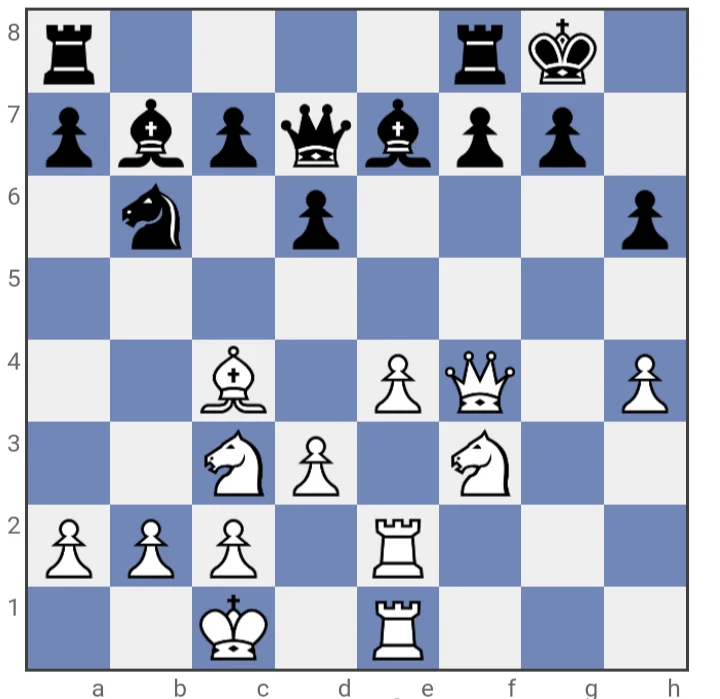
Effective central control allows your pieces to access various parts of the board and puts pressure on your opponent’s position. Coordinating your Knights and Bishops to control central squares can be a powerful strategy, as seen in the screenshot.
7. Piece Harmony in Openings
Coordinating your pieces harmoniously during the opening phase sets the tone for the entire game. Begin by developing Knights and Bishops before committing your Queen, as demonstrated in this opening position.
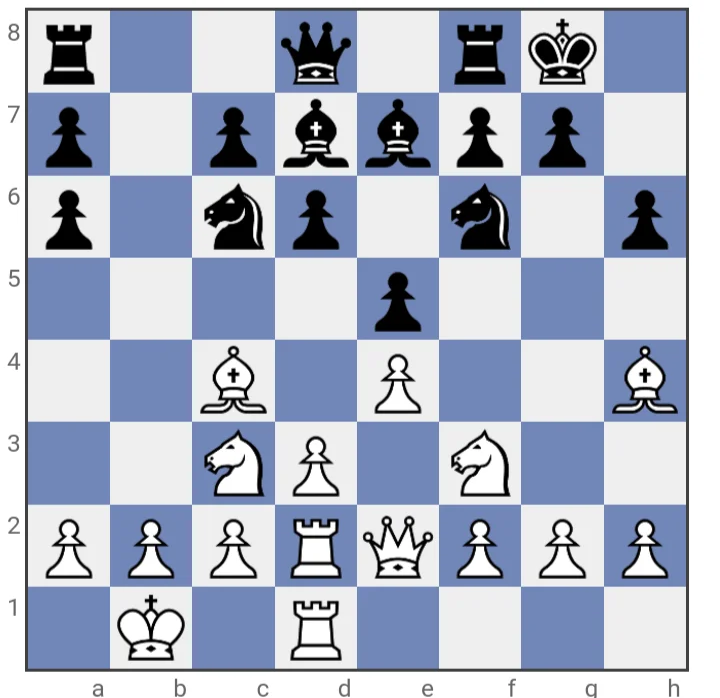
Establishing piece harmony in the opening phase ensures that your pieces are active and ready to support your overall strategy. It also prevents your opponent from gaining a significant lead in piece development.
8. Backward Pawns
Coordinating your pieces to target and exploit weak backward Pawns can be a key part of your strategy. In this example, White’s Rooks and Queen are coordinating to attack Black’s backward Pawn on d6.
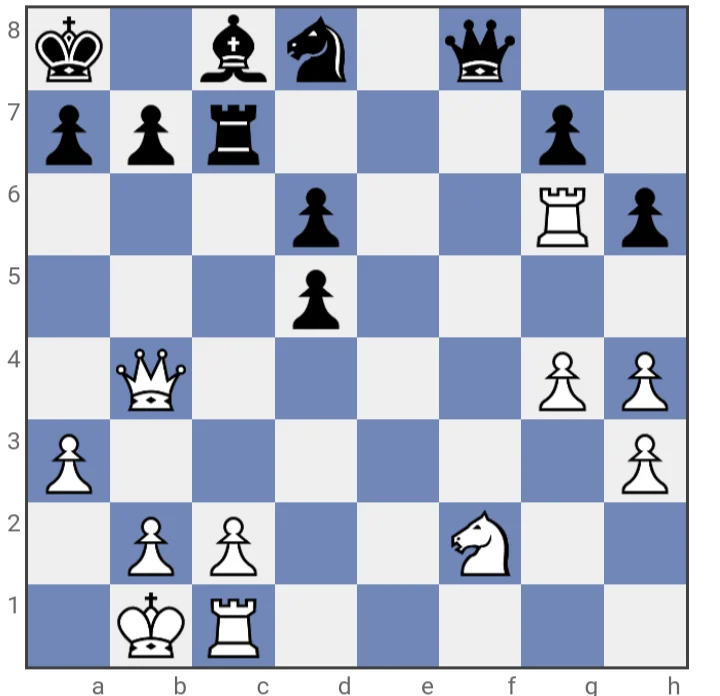
Backward Pawns are vulnerable and can become targets for your coordinated piece attacks. By bringing multiple pieces into the attack, you increase the pressure on your opponent’s position, as shown in the screenshot.
9. Knight Forks
Knight forks are tactical gems that involve coordinating your Knights to threaten two enemy pieces simultaneously. In this position, White’s Knight on d5 forks the Black Queen and Bishop.
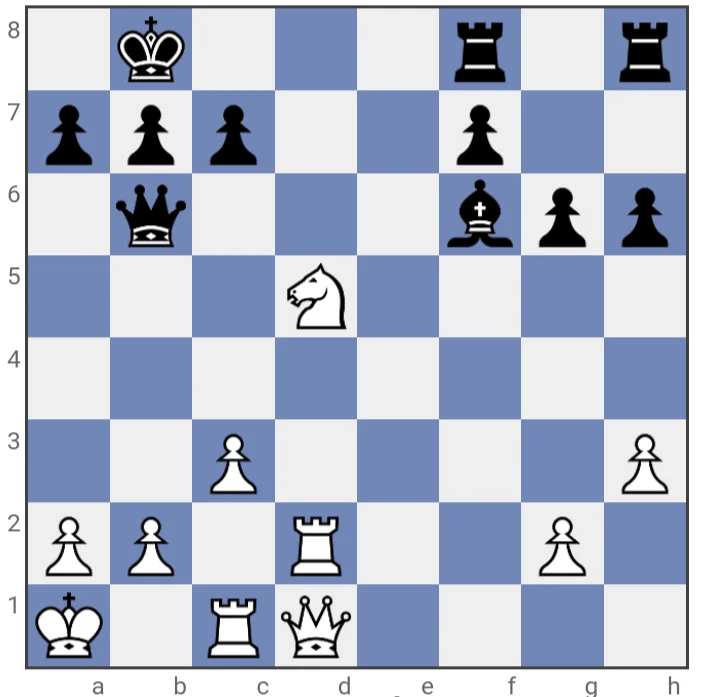
Knight forks are a powerful tool for winning material. Effective coordination of Knights to exploit weak spots in your opponent’s position can lead to substantial material gains.
10. Rook Pairs
Coordinating your Rooks to work together can be highly effective. In this position, White’s Rooks are coordinated on the open d-file, doubling their power.
 Double Rooks on open files can control the board, apply pressure, and potentially lead to powerful attacks. Properly coordinating your Rooks can significantly enhance your position, as illustrated in the screenshot.
Double Rooks on open files can control the board, apply pressure, and potentially lead to powerful attacks. Properly coordinating your Rooks can significantly enhance your position, as illustrated in the screenshot.
11. Pawn Storm
Coordinating your Pawn advances can create a formidable attack against the enemy King. Here, White’s Pawns coordinate to launch a Pawn storm against the Black King’s position.
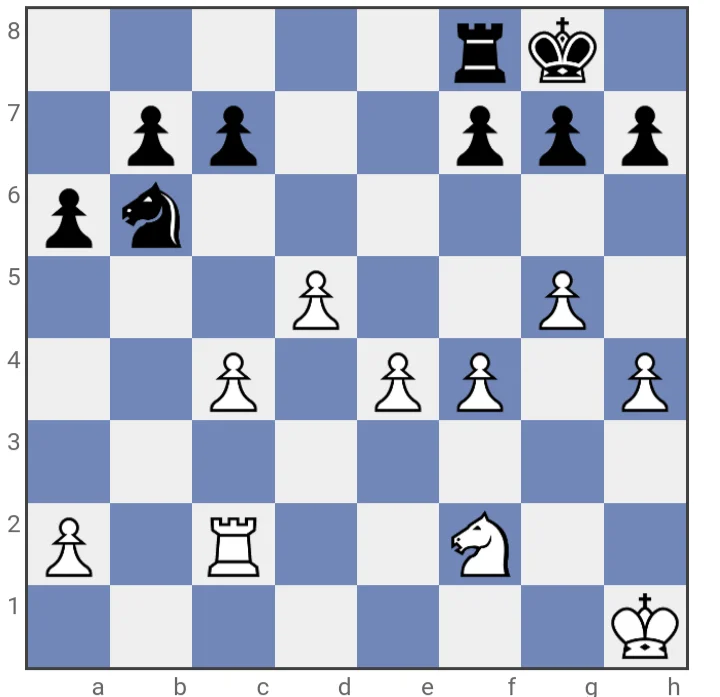
Pawn storms can break through your opponent’s Pawn structure and create open lines of attack for your pieces. Careful coordination of Pawn advances is essential to ensure the success of this strategy.
12. Discovered Attacks
Coordinating a move to uncover an attack from another piece, often the Queen, can lead to devastating discovered attacks. In this example, White’s Knight moves, revealing an attack from the Queen on the Black Rook.
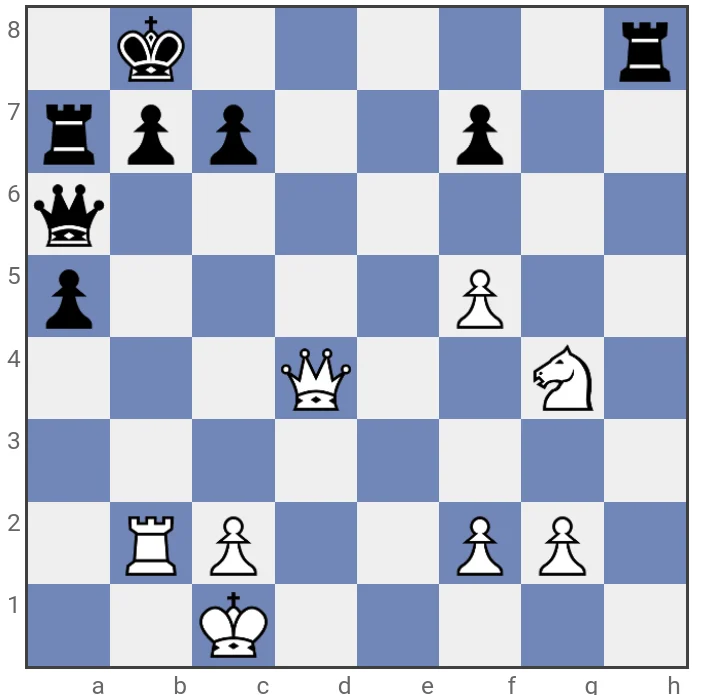
Discovered attacks can catch your opponent off guard and result in significant material gains. Careful piece coordination to set up these tactical opportunities can turn the tide of a game, as demonstrated in the screenshot.
Conclusion
This exploration of chess strategies has unveiled the hidden gems of the game, enriching your understanding of the various strategies and tactics used to win against your opponent. The power of piece coordination creates harmonious armies, turning a chaotic battlefield into a symphony of strategic brilliance. Practice these concepts. They will help you to improve your skills as a chess player, allowing you to orchestrate a symphony of brilliance on the checkered battlefield to give you great chances at winning games even against stronger players.
May your chess endeavors be filled with strategic triumphs and endless enjoyment!



